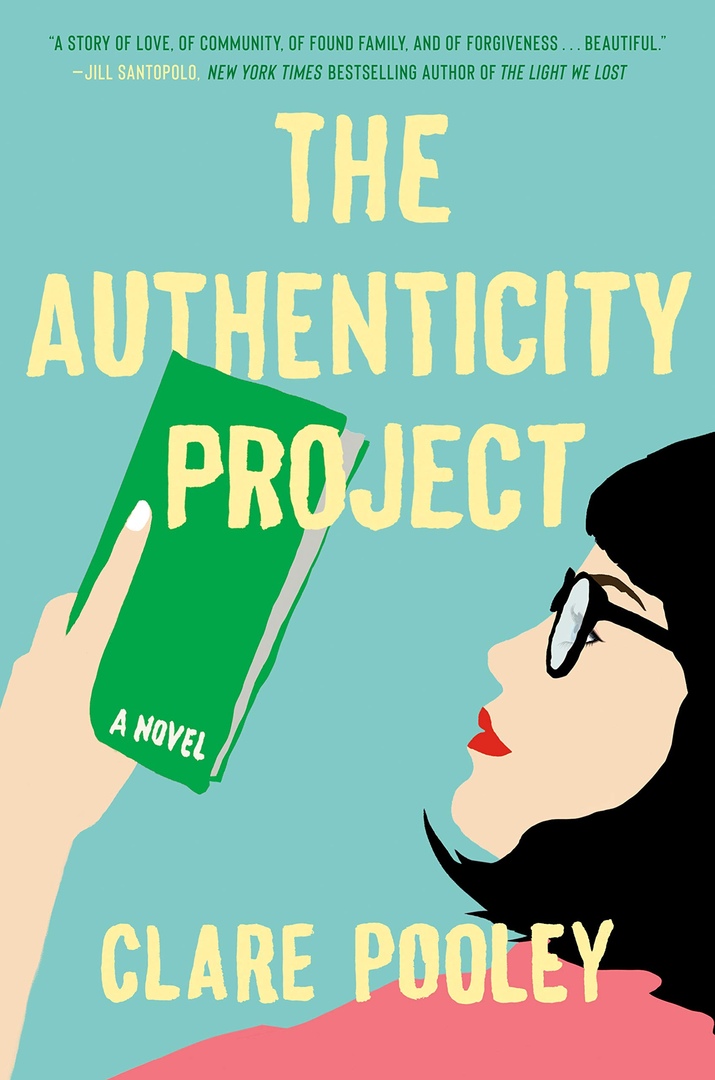The Penguin History of Early India:
1) The Penguin History of Early India: From the Origins to AD 1300 – Romila Thapar
University of California Press | 2004 | EPUB
Early India represents a complete rewriting by Romila Thapar of her classic work, A History of India (the first volume in the Penguin History of India series), thirty-five years after it was first published. Thapar has incorporated the vast changes in scholarly understanding and interpretation of Indian history that have occurred during her lifetime to revise the book for a new generation of readers. This new work brings to life thousands of years of history, tracing India’s evolution before contact with modern Europe was established: its prehistoric beginnings; the great cities of the Indus civilization; the emergence of mighty dynasties such as the Mauryas, Guptas, and Cholas; the teachings of the Buddha; the creation of heroic epics such as the Mahabharata and the Ramayana; and the creation of regional cultures. Thapar introduces figures from the remarkable visionary ruler Ashoka to other less exemplary figures. In exploring subjects as diverse as marriage, class, art, erotica, and astronomy, Thapar provides an incomparably vivid and nuanced picture of India. Above all, she shows the rich mosaic of diverse kingdoms, landscapes, languages, and beliefs.
2) India: The Ancient Past: A History of the Indian Subcontinent from c. 7000 BCE to CE 1200 – Burjor Avari
Routledge | 2016 | EPUB
India: The Ancient Past provides a clear and systematic introduction to the cultural, political, economic, social and geographical history of ancient India from the time of the pre-Harappan culture nine thousand years ago up until the beginning of the second millennium of the Common Era. The book engages with methodological and controversial issues by examining key themes such as the Indus-Sarasvati civilization, the Aryan controversy, the development of Vedic and heterodox religions, and the political economy and social life of ancient Indian kingdoms.
3) A History of Ancient and Early Medieval India: From the Stone Age to the 12th Century – Upinder Singh
Pearson | 2009 | EPUB
A History of Ancient and Early Medieval India is the most comprehensive textbook yet for undergraduate and postgraduate students. It introduces students to original sources such as ancient texts, artefacts, inscriptions and coins, illustrating how historians construct history on their basis. Its clear and balanced explanation of concepts and historical debates enables students to independently evaluate evidence, arguments and theories. This remarkable textbook allows the reader to visualize and understand the rich and varied remains of India’s ancient past, transforming the process of discovering that past into an exciting experience.
4) The Roots of Hinduism: The Early Aryans and the Indus Civilization – Asko Parpola
Oxford University Press | 2015 | EPUB
Hinduism has two major roots. The more familiar is the religion brought to South Asia in the second millennium BCE by speakers of Aryan or Indo-Iranian languages, a branch of the Indo-European language family. Another, more enigmatic, root is the Indus civilization of the third millennium BCE, which left behind exquisitely carved seals and thousands of short inscriptions in a long-forgotten pictographic script. Discovered in the valley of the Indus River in the early 1920s, the Indus civilization had a population estimated at one million people, in more than 1000 settlements, several of which were cities of some 50,000 inhabitants. With an area of nearly a million square kilometers, the Indus civilization was more extensive than the contemporaneous urban cultures of Mesopotamia and Egypt. Yet, after almost a century of excavation and research the Indus civilization remains little understood. How might we decipher the Indus inscriptions? What language did the Indus people speak? What deities did they worship?
5) Greater Magadha: Studies in the Culture of Early India – Johannes Bronkhorst
Brill | 2007 | PDF
Greater Magadha, roughly the eastern part of the Gangetic plain of northern India, has so far been looked upon as deeply indebted to Brahmanical culture. Religions such as Buddhism and Jainism are thought of as derived, in one way or another, from Vedic religion. This belief is defective in various respects. The book argues for the importance and independence of Greater Magadha as a cultural area until a date close to the beginning of the Common Era. In order to correct the incorrect notions, two types of questions are dealt with: questions pertaining to cultural and religious dependencies, and questions relating to chronology. As a result a modified picture arises that also has a bearing on the further development of Indian culture. The book is arranged in five parts. Part-I describes cultural features of Greater Magadha, under which there are three chapters-The Fundamental Spiritual Ideology, Other Features and Conclusions. Part-II: Brahmanism vis-a-vis Rebirth and Karmic Retribution has three sections- Hesitantly Accepted, Rebirth and Karmic Retribution Ignored or Rejected, and Urban Brahmins. Under section one there are chapters onó Dharma Sutra, a portion from the Mahabharata and the early Upanisads. Section two features chapters on Rebirth and Karmic Retribution Ignored and Rebirth and Karmic Retribution Rejected. Section three is on urban Brahmins. Part-III dwells on the chronological issues, – linguistic consideration, the Vedic texts known to the early Sanskrit grammarians, to the early Buddhists, some indications in late-Vedic literature, urban versus rural culture, etc. Part-IV is Conclusion, while Part V has useful appendices-The antiquity of the Vedanta philosophy, a Carvaka in the Mahabharata, Vedic texts known to panini, the form of the Rgveda known to Panini, Vedic texts known to Patanjali, Brahmins in the Buddhist canon, Brahmanism in Gandhara and surrounding and Carvakas and the Sabarabhasya. The book also contains references and index.
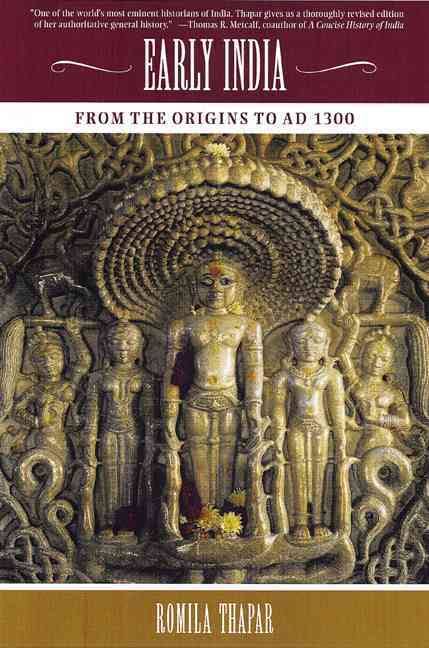 1 / 5
1 / 5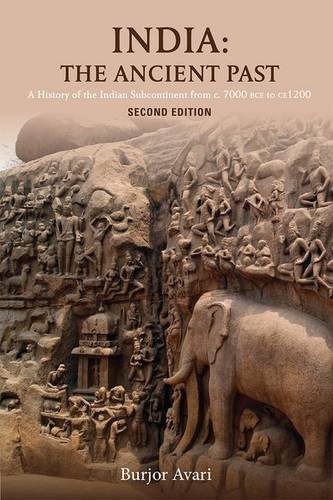 2 / 5
2 / 5 3 / 5
3 / 5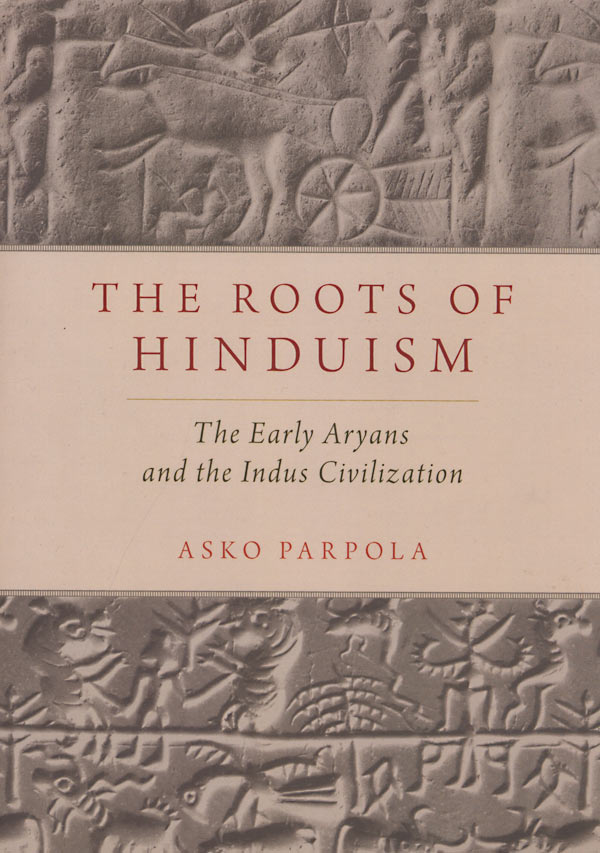 4 / 5
4 / 5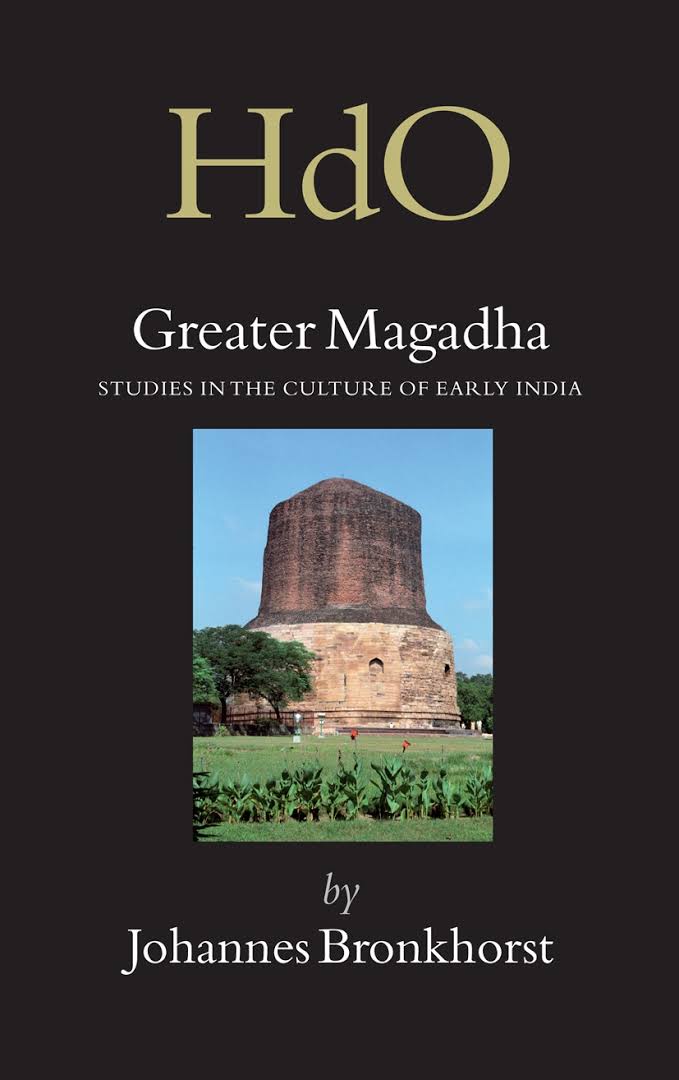 5 / 5
5 / 5